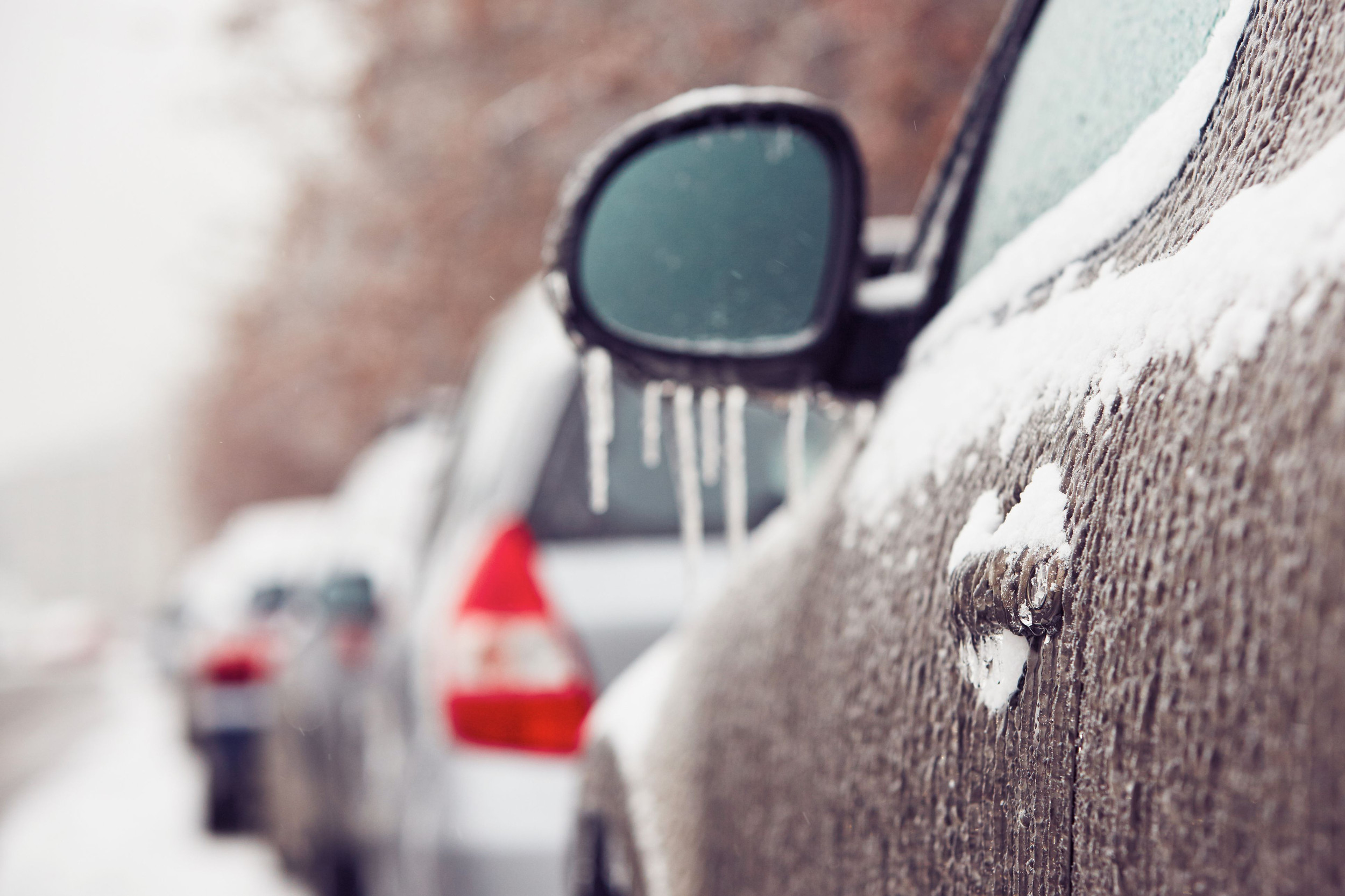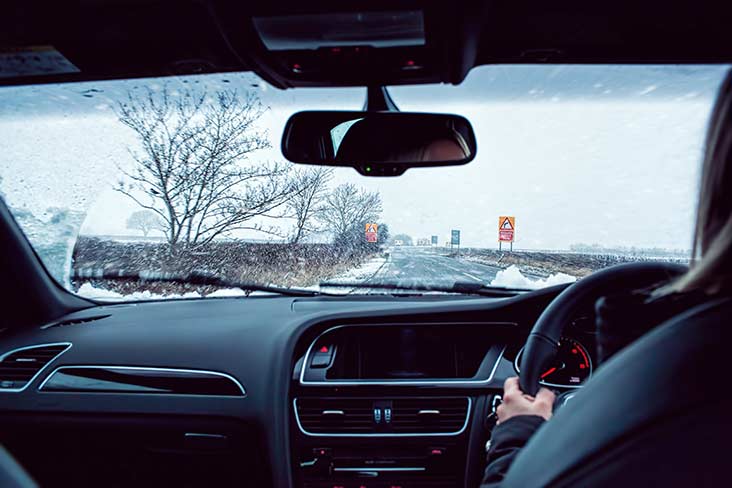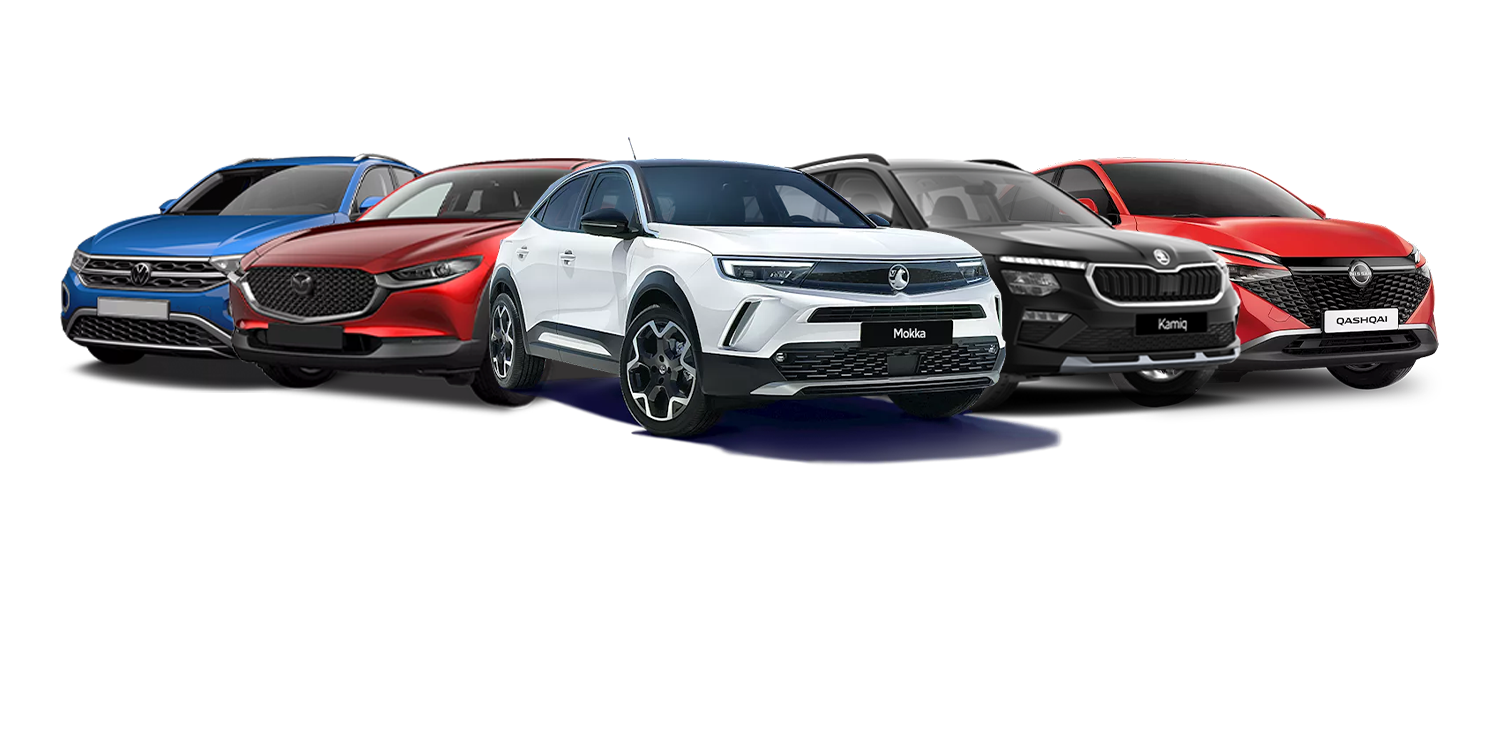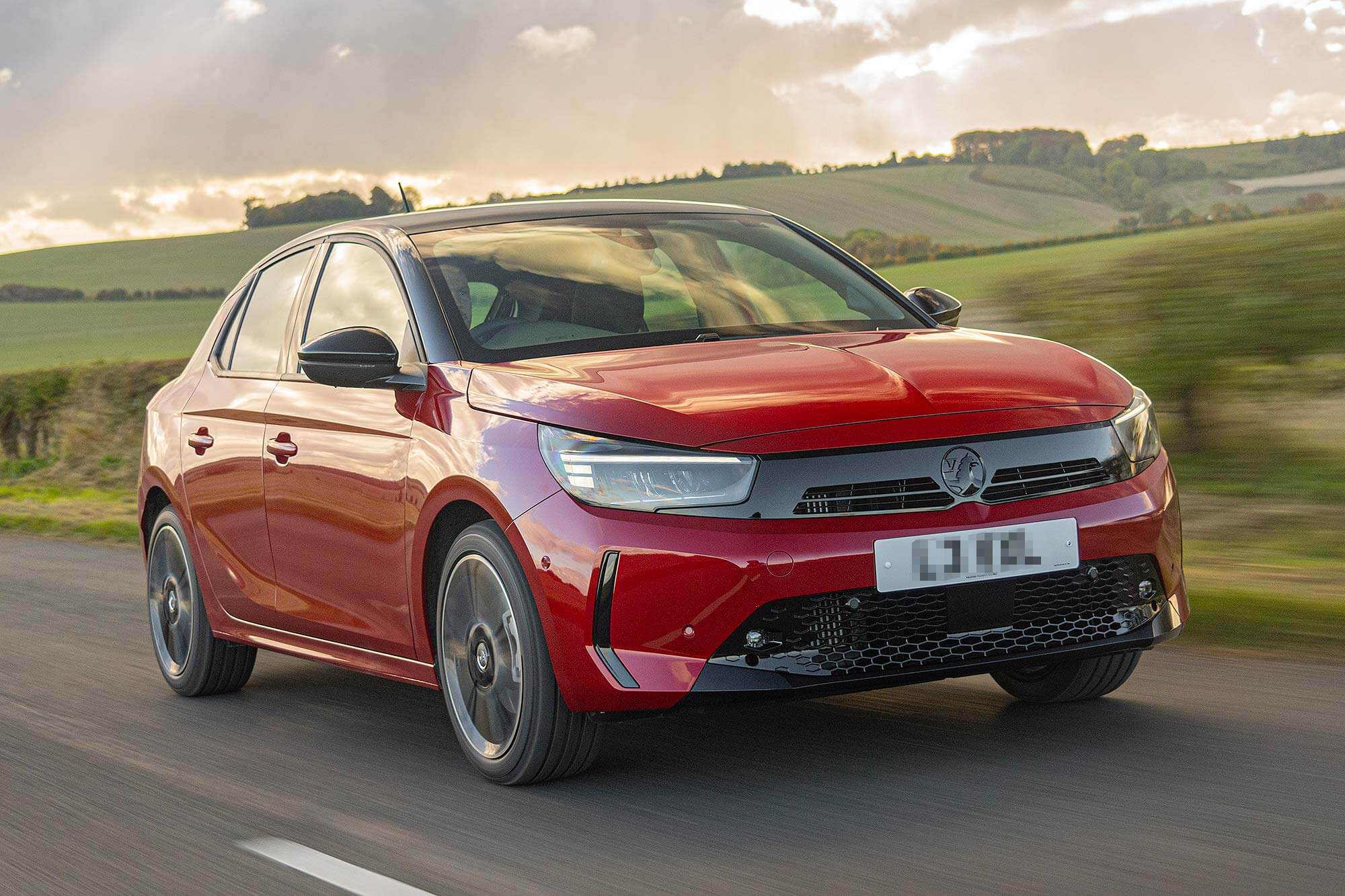Are you confident driving in the winter weather? There are a few simple things you can do to make sure you’re prepared for the roads over the coming months – Mark Smyth shares his top tips here.
Icy roads, snow, and lack of natural light are just some elements of winter driving that can bring anxiety to drivers. Driving safely and confidently in winter means being prepared for the different situations that may arise.
This guide will give you some tips to help you prepare for the main winter driving hazards. Keep reading to find out how to prepare for your journey and make the most of your car’s safety technology – plus some advice on what to do if you get caught in a slippery situation.
Driving safely in wintry conditions
It’s always important to drive carefully, but the winter weather can be particularly challenging so it’s even more important to think about driving safety at this time of year.
When driving in wintry conditions, there are a few things you can do to make sure you stay safe:
- Increase your following distance – because there is more risk of skidding when you brake, having some extra distance from the car in front will give you more time to slow down if needed.
- Avoid braking hard whenever possible, and be gentle with the accelerator to avoid the wheels spinning.
- Stay alert to any potential hazards: there may be black ice on the roads when the temperature drops to freezing, so you should take extra care. Even if it is just raining or foggy, you should keep an eye out for hazards as there is reduced visibility.
If the car does start to skid, there are electronic driver assistance systems which your vehicle may have in place to help. The cars available on the Motability Scheme are brand-new, so you may find that many of them have the latest safety technology and systems – these can help you to stay safe on the roads.
There are also some things you can do to avoid your car skidding while driving – and useful advice on what to do if it does.
Prepare for your journey
Another way to avoid winter driving anxiety is by making sure you are prepared for any eventuality before you set out. Make sure you have planned your journey with time to spare – so that you don’t feel the need to rush while getting from A to B.
If you expect to encounter wintry conditions, try to avoid B-roads and country lanes, as these are less likely to be cleared quickly in the event of snow. You are also more likely to encounter water or ice on these roads. Good preparation before you set off will ensure you can enjoy your drive and arrive safely at your destination.
If the weather is especially bad and you are worried about a particular journey, consider taking someone with you, if possible. Having another person by your side can help lessen the anxiety, especially if you’re driving somewhere that you’re not familiar with.
Winter Driving: Car Essentials Checklist
Here are a few essential checks that you should do to have a worry-free winter drive:
1. Have an Emergency Kit
You should always keep an emergency kit in the boot, which includes a warning triangle, jack and essential first aid equipment. In winter, especially on a long journey, it’s advisable to keep a can of de-icer or an ice scraper, a blanket and some snacks in there, too. You might also want to keep any other items that are specific to your needs, just in case you do have to wait somewhere for assistance.
Find more information on breakdown cover, included in your worry-free Motability Scheme lease.
2. Be mindful of fuel and range during winter
It might seem obvious, but always make sure you have enough fuel for your journey. Wintry conditions can reduce your vehicle’s fuel economy, so it’s a good idea to always keep your tank topped up.
If you are driving an electric vehicle, make sure to plan your journeys so you won’t run out of charge. If you have a home chargepoint, this might mean charging up your car overnight so that it has a full battery in the morning.
Similar to petrol and diesel cars, the driving range of an electric car is usually reduced in colder conditions – so even on routes you might use regularly, you might need to charge somewhere different. There are several great apps to help you plan your journey and find places to recharge.
3. Make sure your mobile phone is charged
Keep a phone charging cable in the car, so that your phone always has enough power if you get stuck somewhere for a while. Some of the latest cars even have a wireless charging pad to keep your phone topped up, which means no messy cables.
You should save the contact numbers for roadside assistance in your phone, too, just in case you are in an area with no data signal and are not able to look them up. If you are a Motability Scheme customer, you can find the contact information for RAC Motability Assist on our website.
4. Keep your windscreen clean
Being able to see properly through your windscreen is vital, so ensure the de-mister is working well and that you have a windscreen washer fluid that can cope with low temperatures.
5. Lights and visibility
Longer nights, heavy rain, freezing fog and snow can all reduce visibility dramatically, so it’s important to make good use of your car lights. If your car has daytime running lights or an automatic headlights function, it will work based on the level of light that it detects – so if visibility is reduced during the day due to fog, rain or snow, be sure to turn your lights on manually.
Car lights explained: when to use the different types of car lights
6. Checking your tyres
It’s always essential to ensure that your tyres are in good condition, but it’s even more important in winter when the grip on the road might be limited. Remember that your Motability Scheme lease includes tyre repairs and replacements through our partners at Kwik Fit, which can help you stay mobile whatever the weather.
If you live in an area that experiences very wintry conditions, you might want to consider whether winter tyres could be helpful for you. These are special tyres that give you a better grip and control of the vehicle in slippery conditions – although they are not suitable for normal driving conditions, and are not a necessity or legal requirement in the UK.
If you need tyre advice, you can speak to our partners at Kwik Fit.
Related articles
A guide to overtaking safely on the road
How to avoid your car tyre bursting – and what to do if it does
Planning a long journey in an electric vehicle
![]()







